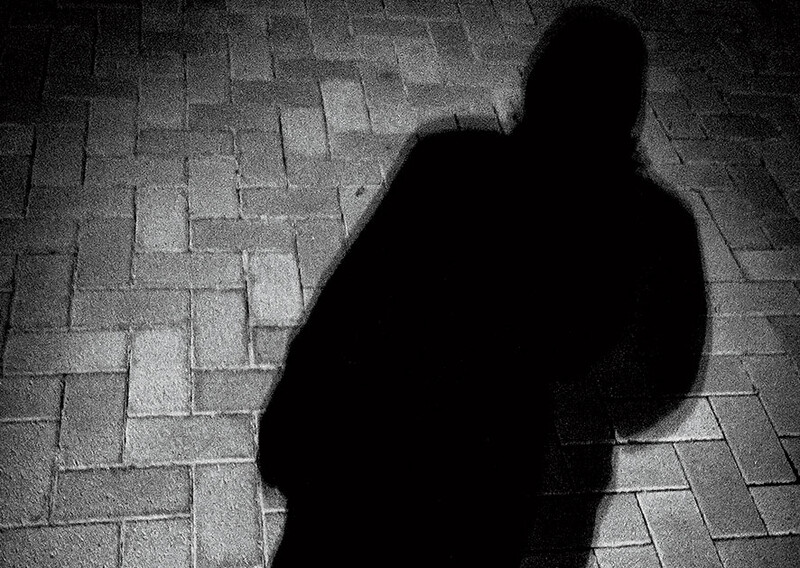When Americans go to the polls in November, it won’t be for the booze. That’s so 1874. But if you’re Donald P. Green, a professor of political science at Columbia, you might look at those nineteenth-century elections, in which balloting was a raucous activity often accompanied by live music and free-flowing whiskey, and ponder the connection between a party atmosphere and a voter turnout rate that regularly approached 80 percent. Then, because you’re a social scientist, you might conduct an experiment.
That’s what Green did during elections in 2005: he hosted family-friendly events that attracted around one hundred people in New Haven, Connecticut, and another hundred in Hooksett, New Hampshire, with hamburgers and cotton candy instead of public balloting and Old Forester. It was, as he admits, “a professor’s attempt to throw a party,” but the festivals drew on the notion that what gets voters to the polls is “connection — the feeling of being invited to the election.”
With the 2012 presidential election likely to be close, Republicans and Democrats will be making efforts to mobilize voters by, among other things, knocking on doors in crucial districts. That’s a testament to two of Green’s contributions to his field: the principle that the more personal a campaign contact, the more cost-effective in increasing turnout; and the idea that political scientists, like other social scientists, can test their hypotheses through experiments.
That principle took some time to develop. In the 1990s, Green and Alan S. Gerber, then colleagues in Yale’s political science department, were separately studying the effects of campaign spending on elections: specifically, how many campaign dollars did it take to produce a vote? But both researchers were frustrated by their own methodology.
“The problem was that incumbents who were vulnerable raised and spent more than those who weren’t vulnerable,” Green says from his Hudson Valley home office, surrounded by stacks of books and articles about campaigns and elections around the world. “Candidates who spent the most performed the worst — so it almost seemed as though the money hurt them.”
Challengers presented a different conundrum: did they do well because they spent a lot, or was the spending a marker for attributes like experience or charisma that attract both votes and money? “That’s where we were in 1998,” Green says. “We would grouse about the fact that, short of a randomized experiment, we might never know the answer. And then we said, ‘Maybe we should do a randomized experiment.’”
That insight led to a groundbreaking study of voter mobilization in New Haven, a seminal 2004 book (with a second edition in 2008) titled Get Out the Vote: How to Increase Voter Turnout, and a new subfield of political science that applies scientific methodology to research questions. The latest Gerber-Green collaboration is Field Experiments: Design, Analysis, and Interpretation, published in May.
“The buyer’s illusion is that something that’s really, really cheap is going to be cost-effective,” says Green.
Not so.
The New Haven study and subsequent experiments, using control groups and other groups of voters that received different combinations of campaign “interventions,” found that door-to-door canvassing is particularly effective. So are volunteer calls. Direct mail has a minor effect. Commercial phone banks are a waste of money.
And those dreaded robocalls? “I have not seen any evidence suggesting that robocalls of any conventional sort are effective at mobilizing or persuading," Green says.
Green notes that attempts in recent years to make voting easier through such innovations as early voting and Election Day registration did not cause turnout to “immediately surge.” By the same token, he does not believe that requiring ID to vote will be “much of an impediment” to turnout. That’s because “the problem is not the cost of voting,” Green says, “but the motivation to vote.”
Motivation? As supplied by hamburgers and cotton candy?
“Our parties were not the greatest parties,” Green says. “But they still managed to bump up turnout.”


